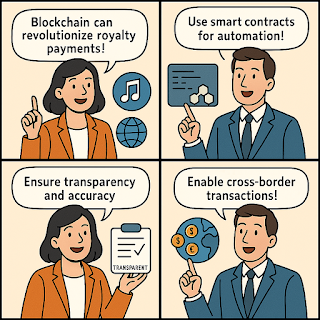Shadow AI Detection Engines for BYOD Corporate Environments

Shadow AI Detection Engines for BYOD Corporate Environments Back in 2022, AI tools were novelties. Fast forward to 2025, and they’ve become embedded in daily workflows — often without permission. Especially in Bring Your Own Device (BYOD) environments, it’s easier than ever for an employee to start using a generative AI assistant on their personal phone or laptop. And when they do so without IT’s knowledge? Welcome to the world of Shadow AI . This isn’t just a buzzword. It’s a growing threat to compliance, security, and trust — one that detection engines are now being designed to track and mitigate. 📌 Table of Contents 1. What Is Shadow AI? 2. Why BYOD Policies Make It Worse 3. How Detection Engines Actually Work 4. Real-Life Scenarios (That Actually Happened) 5. Regulatory and Legal Implications 6. Vendor Recommendations & Open Source Options 7. Tips for Rolling Out Detection Tools (Without Losing Trust) 1. What Is Shadow AI? “S...










